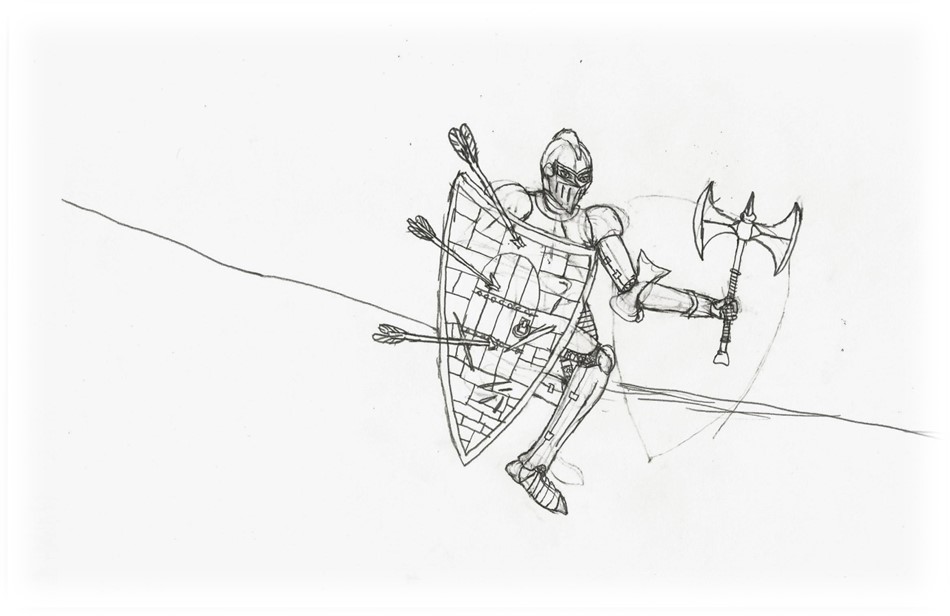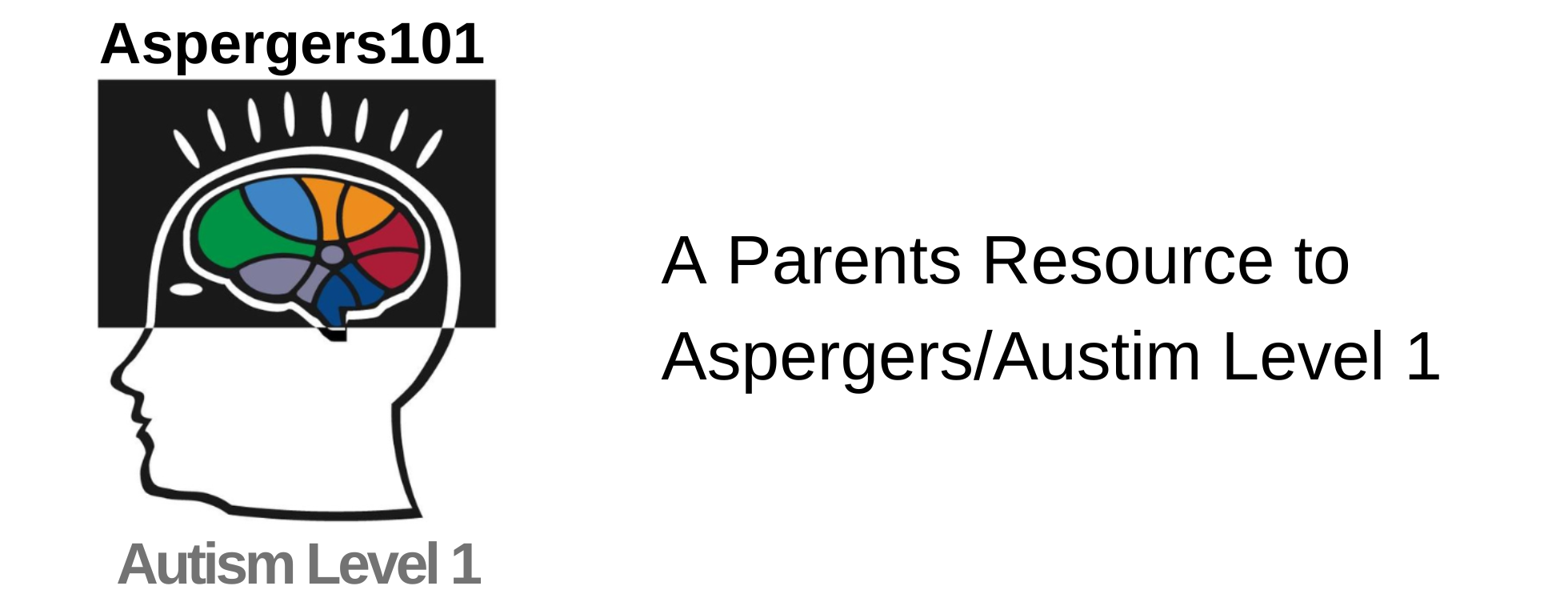Eszter Kiss is a Provisionally Licensed Counselor employed by the West Virginia Autism Training Center at Marshall University. Kiss presented “Adding Color to Cognitive Behavior Therapy,” at the WV Counseling Association.
The presentation centered on the use of art as a tool to facilitate communication of thoughts and behavior for individuals with ASD.
Specifically, Kiss uses this technique to support college students diagnosed with Asperger’s Disorder.

The autism community has long recognized that many living with ASD can better communicate their inner experience through writing or art. For several reasons, an oral expression of their cognitions or emotions can be extremely difficult for those on the spectrum.
College students diagnosed with ASD often need a process through which to express and receive abstract information. Kiss’ presentation highlighted one such process.
Cognitive Behavior Therapy (CBT) is a theoretical mental health counseling process through which this tool was used. CBT should not be attempted by those without advanced training in counseling psychology, or by those without expertise in this specific approach. However, the use of art as a tool to communicate abstract thought and improve life skills can be used by parents and support staff outside a CBT process.
For example, consider the picture at the beginning of this post drawn by a student on the spectrum after Ms. Kiss asked him to provide a visual representation of “resilience.”
The picture of the knight successfully blocking the arrows being shot at him allows a support professional to discuss the following types of issues:
- What are the arrows being shot at, you?
- Who or what is shooting those arrows?
- What makes up the shield you use to block the arrows?
- Do you have more than one shield? And if not, how can I help you create another one?
- When and where is it safe to remove part of your armor?
Parents and professionals are always searching for a means through which to support the communication of abstract concepts for individuals on the spectrum.
Asking college students to draw a representation of a specific concept, then using that drawing to gain insight and learn independent living skills can be a simple and effective technique.
by Marc Ellison
Marc Ellison, Ed.D. is a Licensed Professional Counselor (LPC) and an approved Licensed Professional supervisor (ALPS) who has worked nearly 30 years to provide person-centered support, services and advocacy to individuals who live with autism spectrum disorders, their families and those who support them. He has supported individuals with ASD throughout their lifespan, as they moved to the community from state-supported institutions, searched for and obtained employment, entered into relationships, and transitioned into college. Dr. Ellison is the Executive Director of the West Virginia Autism Training Center, and a part-time professor at Marshall University.



Is there a publication connected to this project? As an arts-based researcher working with autistic individuals, I am very interested in learning more about this approach.